The jewels of Simlipal
Photo Story
Sourabh Biswas
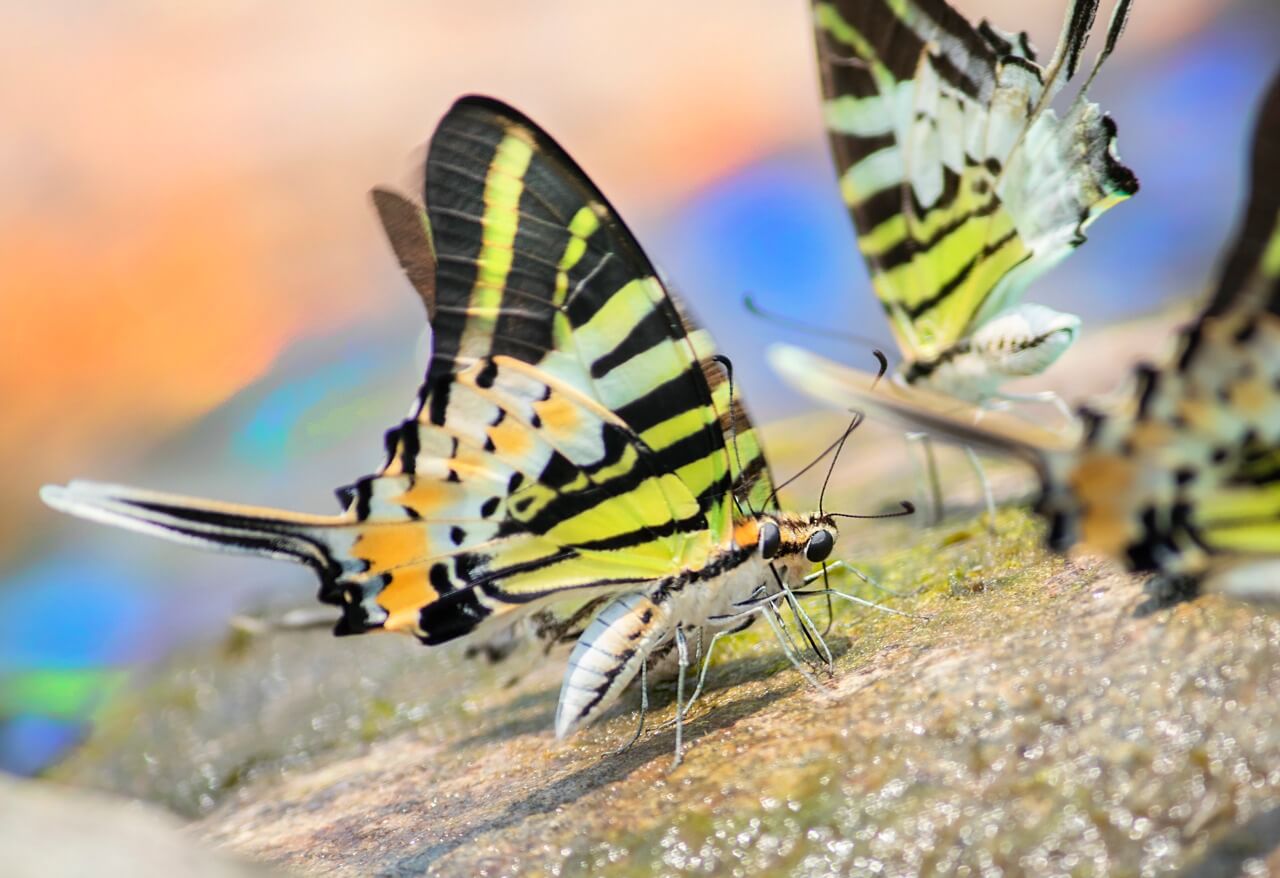
The wonders and colours of nature are a sight to behold as we present to you our first photo-story about the Simplipal National Park.
Tweet
Simlipal National Park a Biosphere Reserve, especially known for it's Tiger population, is situated in the Mayurbhanj district of Odisha. Simlipal is distinguished for its lush green forest, sprawling over 2750 square kilometers of area and rich biodiversity in the Eastern Ghats region. This photo story, about the biodiversity of Lulung and Sitakund areas of the park, is composed of the photographs I clicked during my visit in March 2019.
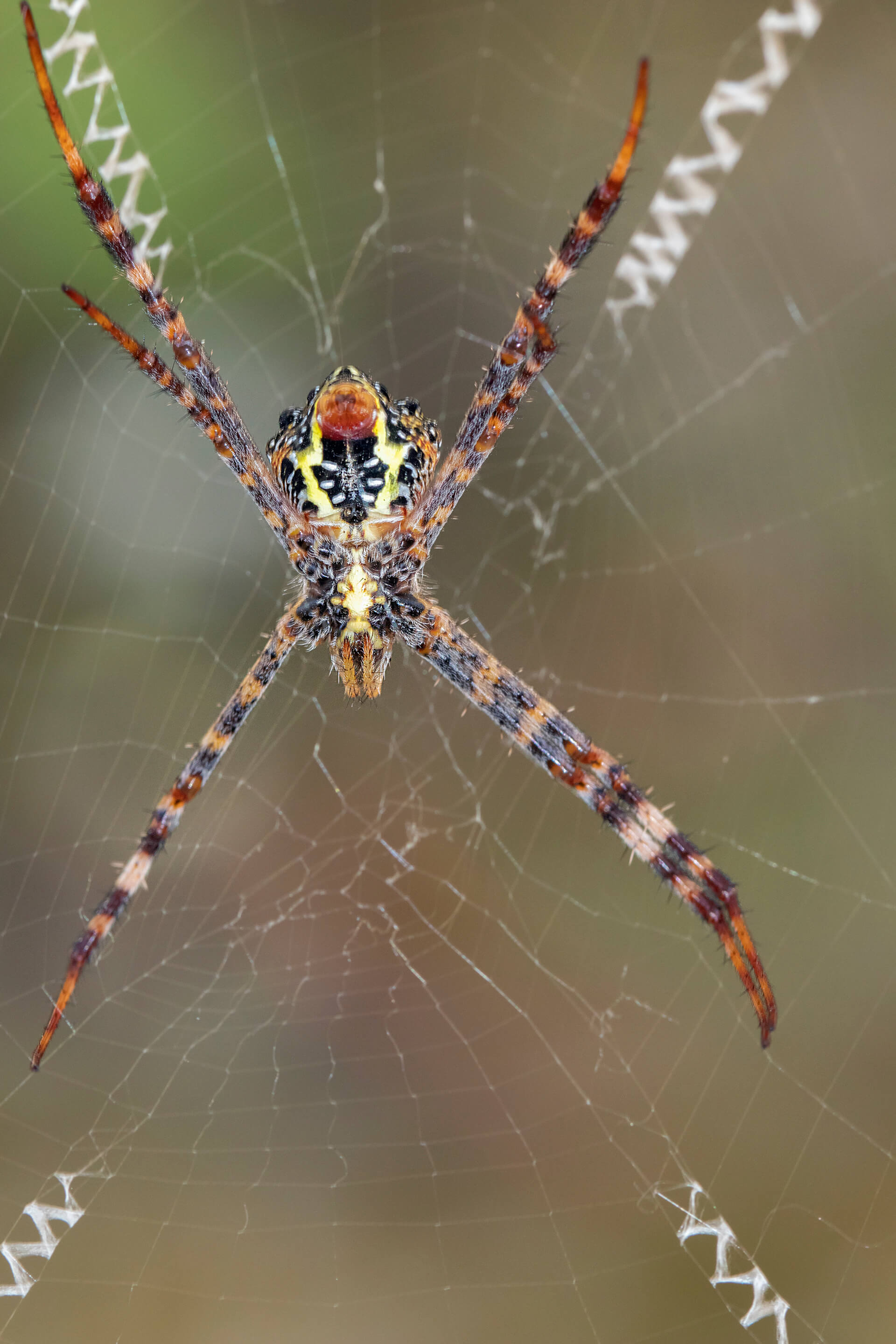
1. Signature Spider (Argiope sp.)
Spiders are one of the most successful stealth hunters in the world. Signature spiders are one of a kind. They got their names from the ‘X’ like the zig-zag pattern they wave in their web. These patterns are called ‘stabilimentum’, and it reflects UV light. It helps the spider to capture flying insects and also serves as warning signals to more massive creatures.
2. Rock Agama (Psammophilus sp.)
Rock Agamas are endemic to the rocky hills of peninsular India and are known to be active during daylight hours. Males of this species are well known for bright colours, mostly red and orange. Females are greyish in colour. The tone gets more glaring when the male performs behavioural displays to persuade females or during territorial combat.
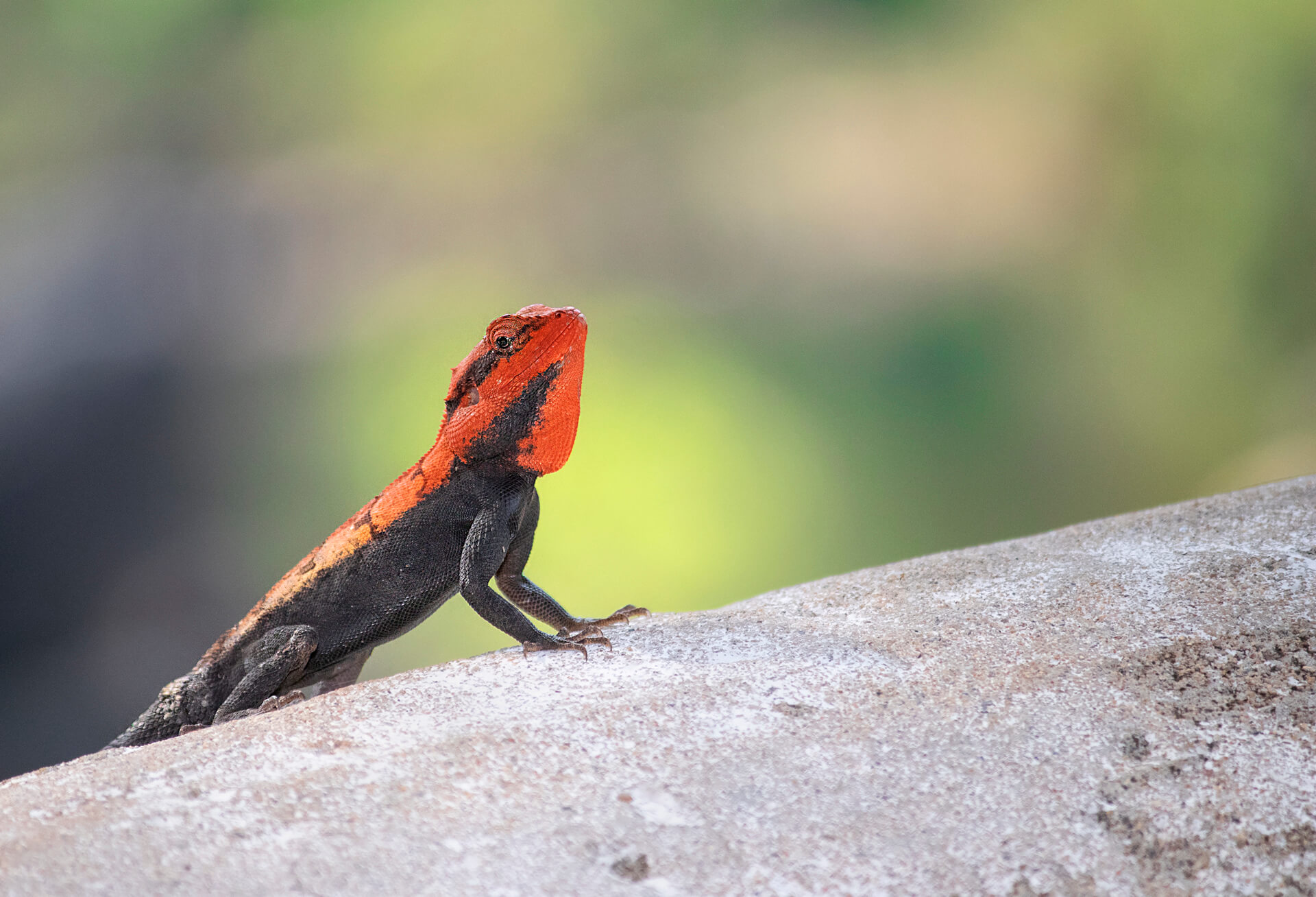
3. Five-bar Swordtail (Graphium antiphates)
Not all butterflies love nectar, but some of them relish on dead plant materials, carrions or mud to procure nutrients and minerals. Males from Papilionidae and Pieridae family form congregations on mud or decaying forest litter. This is known as mud-puddling behaviour is known to enhance reproductive success. Females receive spermatophore (a protein capsule containing sperms) along with sodium and amino acids collected during mud-puddling, as nuptial gifts from males. Nutrients enhance the survival rate of the eggs.

4. Common Pierrot (Castalius rosimon)
This little butterfly from the Lycaenidae family is widespread in the Indonesian archipelago, but some species are also found in India. Males and females of this species are quite similar in appearance except for the upper wing and black marking on the underwing.
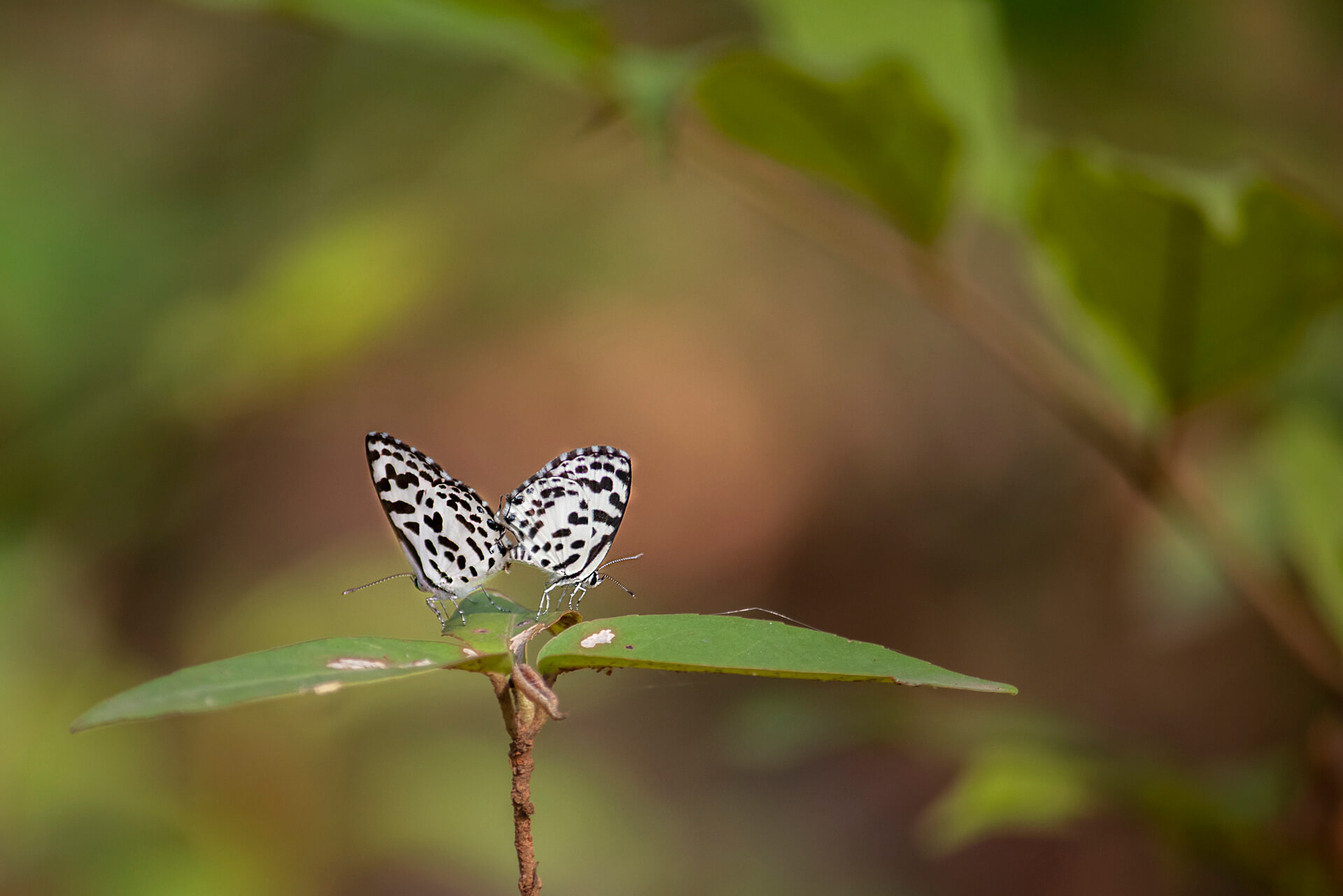
5. Orchid Tit (Hypolycaena othona)
This beautiful butterfly also belongs to the family Lycaenidae, commonly called ‘blues’. The upper wing of the males are metallic blue. This butterfly is mostly found in Himalayas and the Eastern and Western Ghats.
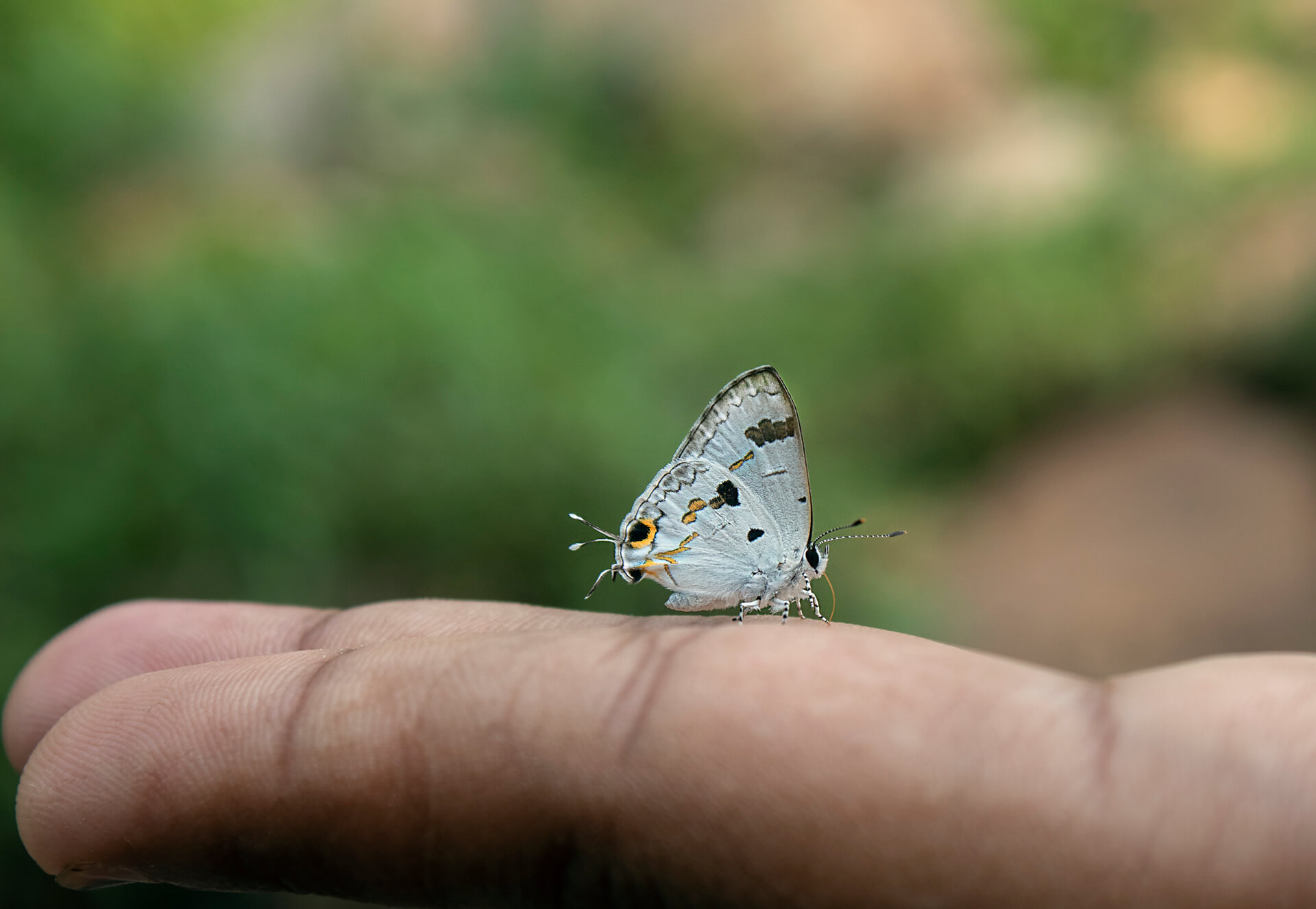
6. Coorg Bambootail (Caconeura ramburi)
This Coorg Bambootail or Indian Blue Bambootail damselfly is present in both the Eastern and Western Ghats. The stomach of this species are segmented like bamboo; that's how they got their name. Males of this species are azure in colour, the females are yellow.
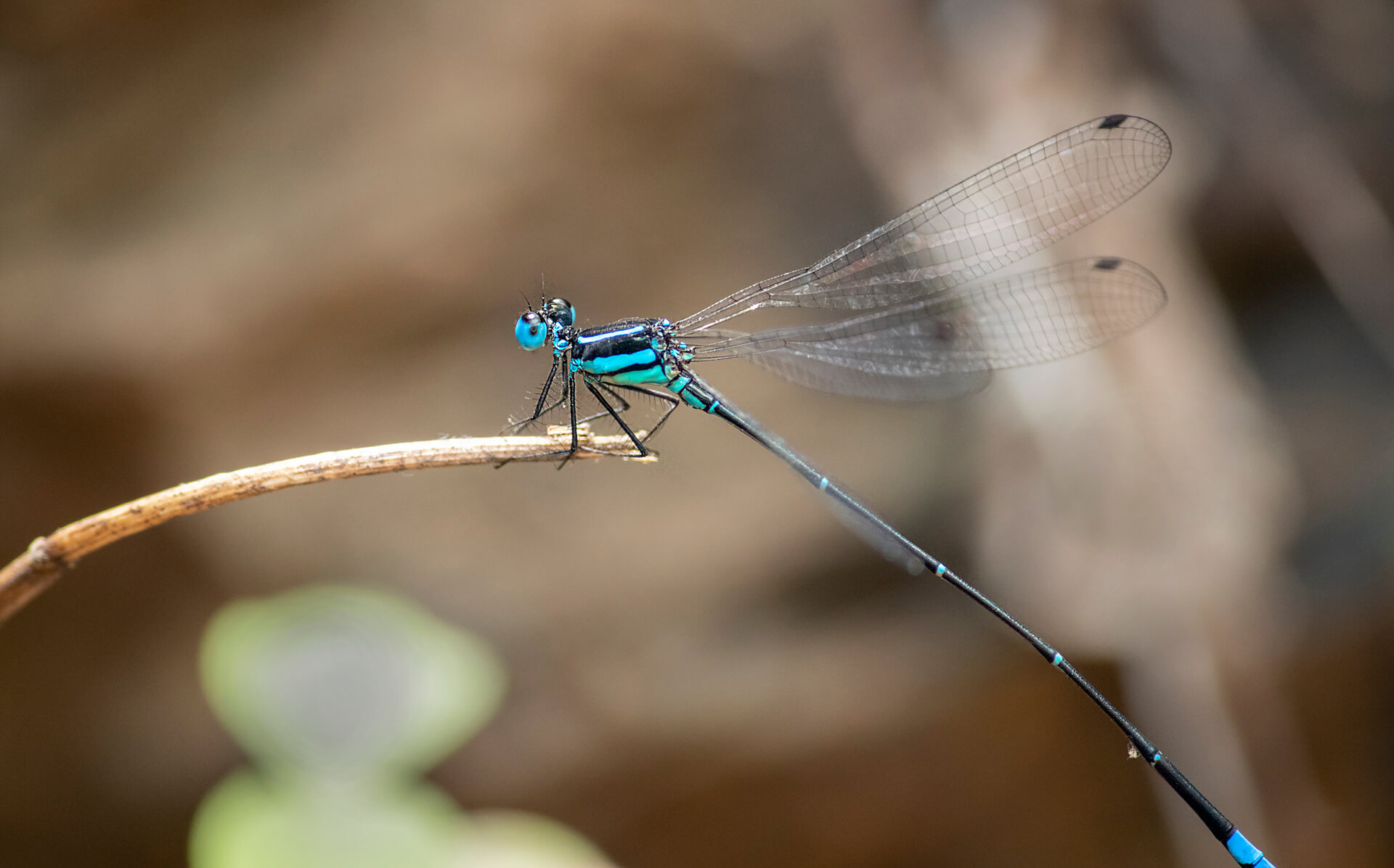
Bibliography
Sourabh Biswas is a 2nd year PhD student at the Behaviour and Ecology Lab, IISER Kolkata. He is an ardent nature lover and a passionate macro photographer. He loves to explore different parts of India specially in search of butterflies.
signup with your email to get the latest articles instantly